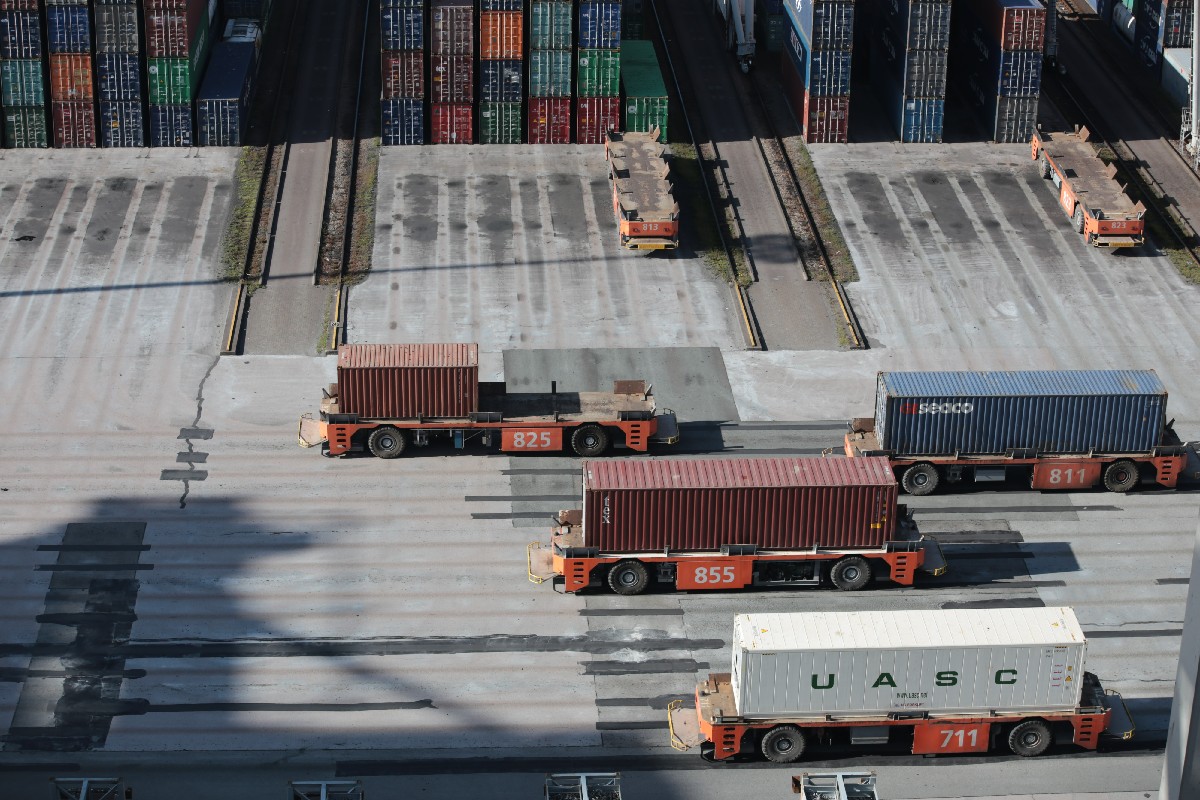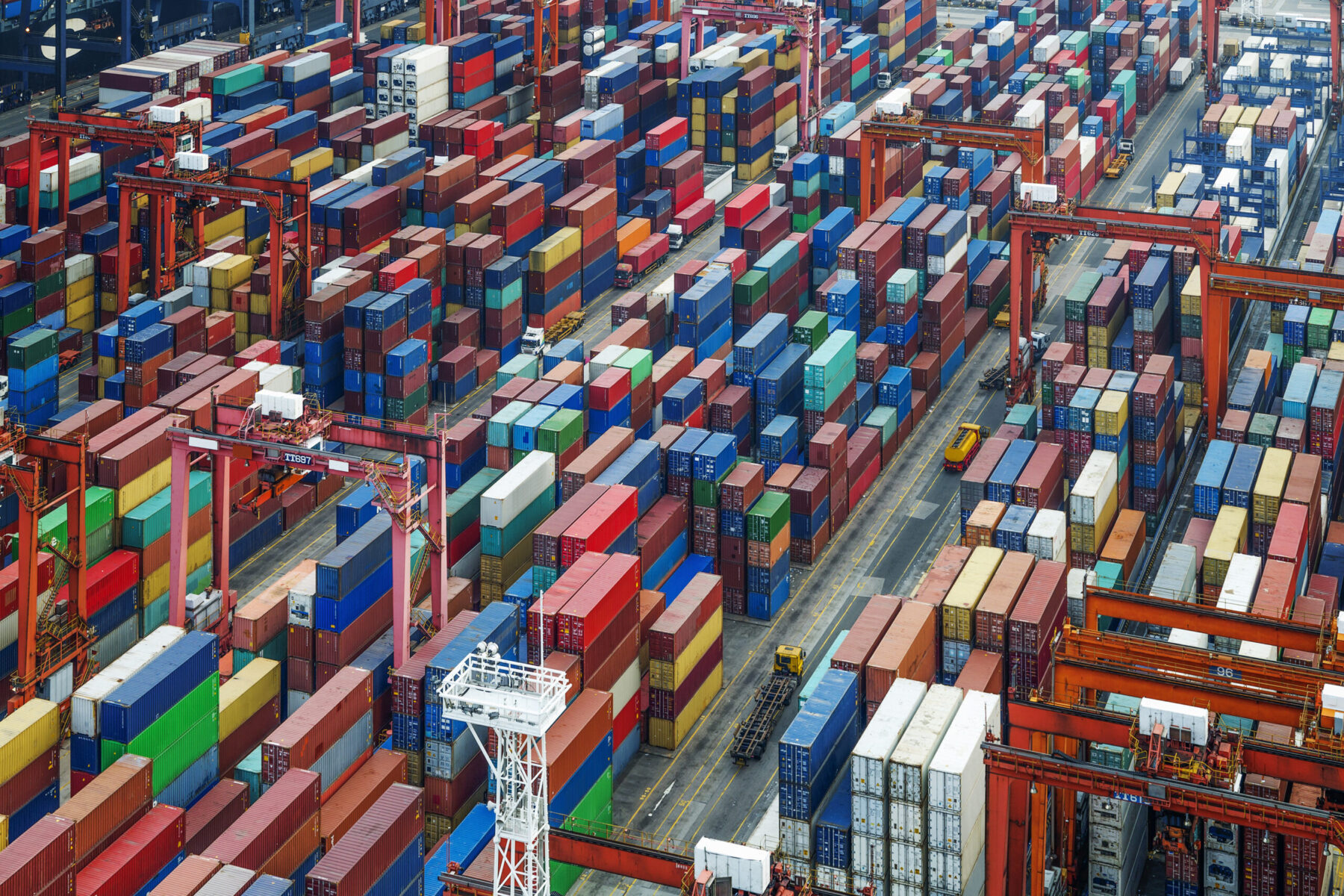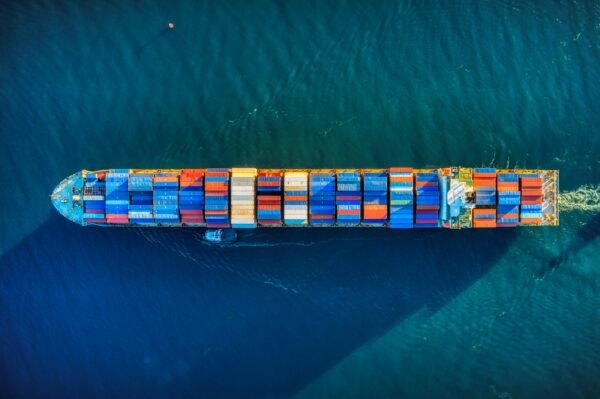4 reasons your supply chain lacks visibility
Mar 31, 2022
Scroll to find out more
Mar 31, 2022
Scroll to find out more

Visibility is key for unlocking your supply chain’s potential. Whether it’s for clearer internal communication to more accurate supplier performance analysis, supply chain visibility allows you to access the information you need to be successful. After all, how can you know if everything is operating as it should if you can’t see what’s happening?
However, after asking 200 supply chain professionals about their supply chain, we discovered a staggering 98% of respondents face obstacles in regards to getting visibility of their supply chain. This lack of visibility can increase costs, reduce productivity and even damage brand reputation.
But what causes lack of visibility and what can you do about it? For lots of supply chain leaders, these four reasons are at the heart of their challenges:

44% of supply chain professionals see data accuracy as the most challenging obstacle for achieving visibility in their supply chain.
Why is data inaccurate? The most common reasons are that manual processes leave room for error, and that information is often provided too late. But when data is inaccurate, your business could be in danger of wasting time, money and resources.
Being unable to analyse the data reduces your ability to find problems with your strategy and identify new opportunities. For example, data showing container capacity gives you a better view of how you are using your space, potentially highlighting an opportunity to increase capacity, such as from 60% to 80%.
Accurate data can give you insights into where you are performing and underperforming. It ensures that your business’s processes and decisions are based on reliable and appropriate information, allowing you to react quickly to market changes. When data is accurate, it can help decision making across your business, such as:
But how can you achieve accurate data in a time where sudden market changes are inevitable? When data is taken from the manufacturer/supplier’s system and fed into one platform, or they have access to fill out information on a centralised system, it minimises errors as information is coming directly from the manufacturer, supplier or carrier. With a digital platform like Zencargo’s, this information is accessible in real-time and updated via the cloud to eliminate human error.
As the data is more accurate, giving a representation of what is going on in real life that is as close to events as possible, your teams can make informed decisions. These strategic decisions can reduce additional costs, minimise delays and act upon specific events as they occur – not a week too late.
43% of supply chain professionals find it difficult to track supplier and vendor performance such as percentage of goods delivered on-time in-full.
How can you tell if a supplier is underperforming if you don’t have the data to prove it? An underperforming supplier can increase costs and delays, impacting your strategy, goals and brand reputation, and that’s before you consider the time and energy spent picking up the slack. With the right data, you can measure and monitor supplier performance to see where you can reduce costs, mitigate risks and drive improvements.
Performance data gives you visibility into specific suppliers and their ability to meet your business expectations. When you can see if a supplier is underperforming, you can plan internally to establish risks, work with the supplier to understand why they aren’t meeting expectations in the first place, and reevaluate supplier contracts. For example, if a supplier has agreed to have the goods ready in 5 days, but you can see that it repeatedly takes 10, you can either decide to confront the issue, negotiate contracts or look for another supplier.
To achieve visibility over supplier performance, you need to collect information like:
This can be achieved by improving supplier communication by collecting information from suppliers in a structured way. By having everything run through one supply chain visibility platform, you can analyse all the inputs you get, such as the number of times the estimated delivery date changes. This can help mitigate risks, manage expectations and review supplier efficiency.
41% of supply chain professionals struggle to receive live updates to see where specific goods are.
How are you supposed to provide internal teams with context when you don’t know what’s going on? The inability to see where your goods are in real time can set unrealistic expectations, not only for your teams but for your customers.
Having the right data when you need it allows you to make plans that match expected dates of deliveries. For example, when you know shipments will be arriving in the next couple of days, you can prepare warehouse managers for the delivery. Additionally, when you know that things are delayed, your financial team can plan for additional costs, or your commercial team can plan to reschedule promotions.
With live updates, you can confidently make informed decisions, react to market changes and consumer demand, and resolve problems quickly. Real time supply chain visibility can reduce costs, as well as wasted time and resources, giving your business a competitive edge in a complex and crowded market.
The Zencargo platform has multiple features that provide you with real-time updates, along with the integration of project44’s technology to offer real-time road tracking. Your updates come through via the cloud, giving you instant access to information and data, such as delays, additional costs and changes so you can plan, prepare and make better decisions.
39% of supply chain professionals are receiving incomplete information on their shipments.
Why is incomplete information on shipments damaging to businesses? Receiving only partial information can have an impact on decision making. If you can’t fully understand your supply chain, then you can’t make informed decisions to improve it, minimise delays and reduce costs. When you have missing information such as the exact items shipping within each container, delays in the supplier production schedule and where goods are located, it can be hard to understand why things might be going wrong and explain these reasons to internal teams.
With complete information, you can ensure that decisions, changes and solutions match accurate and reliable information. Instead of blindly navigating your supply chain, you can make better decisions that can improve efficiency.
To receive complete information, you first need one platform that stores all supply chain information, including documentation, to give you a better view of your supply chain. From here, you can identify where there is missing information by tracking orders, shipments and inventory all in one place. This allows you to tackle these issues to improve data quality.
You need accurate, reliable and real-time data at SKU level to achieve true supply chain visibility. When you have end-to-end visibility, you can improve internal communication, make informed decisions and tailor your supply chain to meet business goals.
However, according to our research report, visibility isn’t the only thing that supply chain leaders struggle with. 98% of professionals face challenges in their supply chain such as having inefficient and old school working practices that cause delays and slow updates.
Find out more about what our research uncovered with tips on how to minimise these problems in our research report.

To find out how you can take control of your supply chain costs and stay ahead...

To find out how you can navigate a path through uncertainty, book your free str...

To find out more about how Zencargo’s digital freight forwarding experts and te...